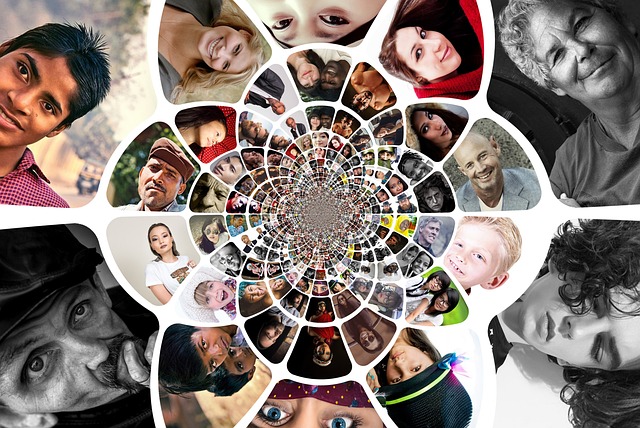In the boundless digital realm of the Internet, a subtle yet profound transformation is underway—a transformation that seeks to ensure inclusivity and accessibility for every individual. Itai Sadan, the CEO and co-founder of Duda, has emerged as a leading voice in this pivotal movement. His advocacy underscores the importance of a digitally inclusive world where users of all abilities can navigate with both ease and respect. With approximately 27% of Americans living with a disability, the imperative for accessible web design transcends ethical considerations and becomes a matter of legal compliance, merging the realms of moral obligation with statutory requirement to cultivate an equitable online landscape.
Web development stands as the fulcrum of this transformative effort. It is a discipline that requires both expertise and creativity to craft digital experiences that welcome all visitors. Sadan leverages his extensive knowledge to offer crucial strategies for web developers, designers, and content creators, guiding them in making their sites accessible while adhering to legal norms. His insights pave the way for an Internet that is shaped not merely by legal considerations but by a deeper appreciation of diverse user needs.
One fundamental aspect of accessible web design is the judicious use of alternative text, or “alt-text,” for images. This crucial element provides users who have visual impairments with a textual description that screen readers can articulate, enabling them to partake in the visual content. Alt-text should be both precise and richly descriptive, encapsulating the content’s essence to enhance the browsing experience. The advent of artificial intelligence in generating alt-text represents a leap forward, combining the benefits of efficiency and precision to close the gap for visually impaired users.
However, the quest for accessibility extends well beyond images. The use of high-contrast color schemes plays a significant role, greatly improving readability for users with visual challenges. Tools designed to verify contrast compliance assist developers in choosing color combinations that align with the Web Content Accessibility Guidelines (WCAG) 2.1 standards, ensuring that text is easily distinguishable from its background for all viewers.
Navigation is a critical component of the user experience, and thus, the importance of descriptive link text cannot be overstated. These navigational cues must be both succinct and informative, facilitating the journey of users with disabilities and enhancing the site’s search engine optimization. It is the lucidity of the pathway traversed, not just the endpoint, that elevates the overall usability of a website.
Accessibility acknowledges the varied needs of its audience. Incorporating features that allow personalization, such as modifiable text sizes and fonts that accommodate dyslexia, recognizes that user preferences differ widely. These provisions guarantee that websites can serve a diverse population, reflecting the essence of inclusivity and the recognition that accessibility is not a uniform solution.
The legal architecture that supports website accessibility is both comprehensive and detailed. Legislation such as the Americans with Disabilities Act (ADA) and state-specific laws like California’s AB 1757 require that digital services comply with “WCAG 2.1 Level AA” standards. These regulations are intentional extensions of the ADA, bringing its protective scope into the online domain to ensure that web services, programs, and activities are accessible to everyone.
Sadan asserts that accessibility should be integrated into the fabric of website development from inception. Opting for website builders and agencies that value inclusivity as a fundamental principle is essential. This entails employing standardized, descriptive HTML elements and intuitive navigation as indispensable components for crafting accessible digital spaces.
Assistance is at hand for those striving to enhance their websites’ accessibility. The WAVE tool, developed by Utah State University, represents a free resource that evaluates and improves website accessibility, providing developers with a clear guide for achieving compliance and fostering ongoing refinement.
Sadan’s insights are in harmony with the goals of the Forbes Technology Council, an assembly of esteemed CIOs, CTOs, and technology executives committed to fostering innovation and inclusivity within the tech industry. By embracing the strategies recommended by Sadan and prioritizing accessibility, web professionals can create welcoming online environments for all users.
The pursuit of accessibility in web design transcends the mere fulfillment of legal mandates; it is about designing an online experience that is universally engaging and navigable. This endeavor is a constant process of development, requiring diligence and dedication from all involved in the digital sphere. As technology progresses and the Internet continues to grow, the imperative for accessibility becomes increasingly pronounced.
The guidance provided by Itai Sadan is not just a framework for web professionals; it is an urgent call to action for all who contribute to the digital landscape. As we progress deeper into the digital era, fostering accessible websites emerges as a guiding light, leading us towards a future where inclusivity is the norm and no individual is left on the margins.











